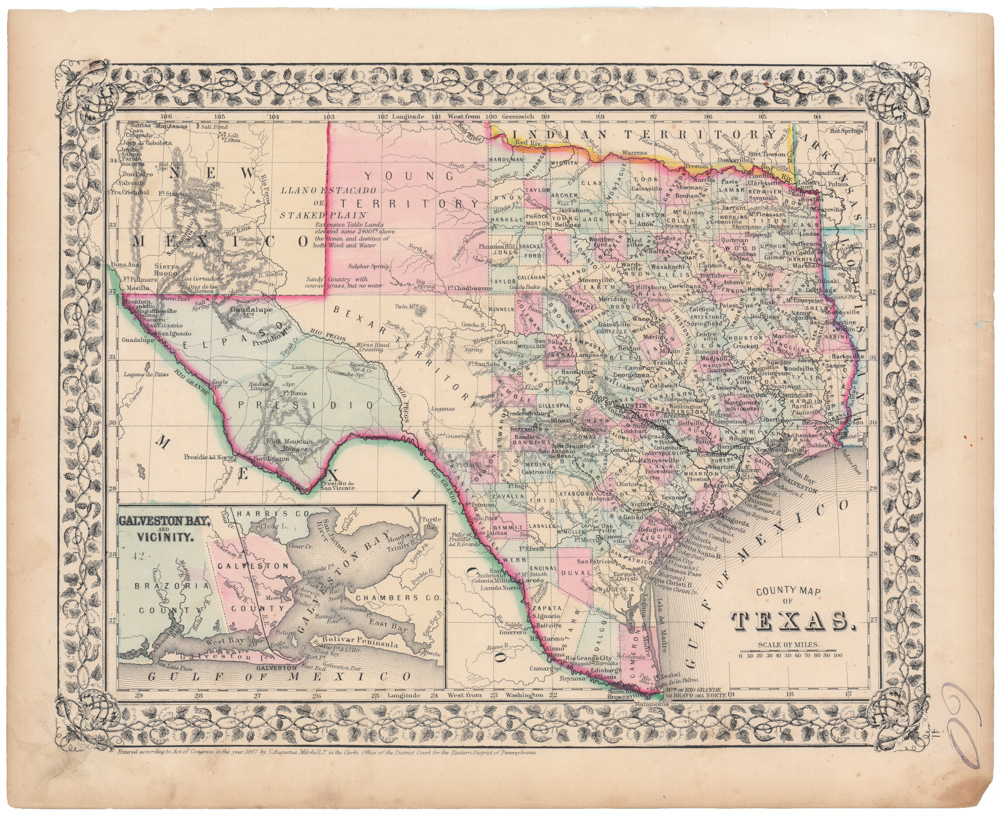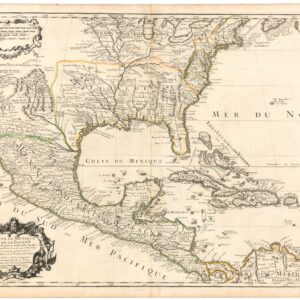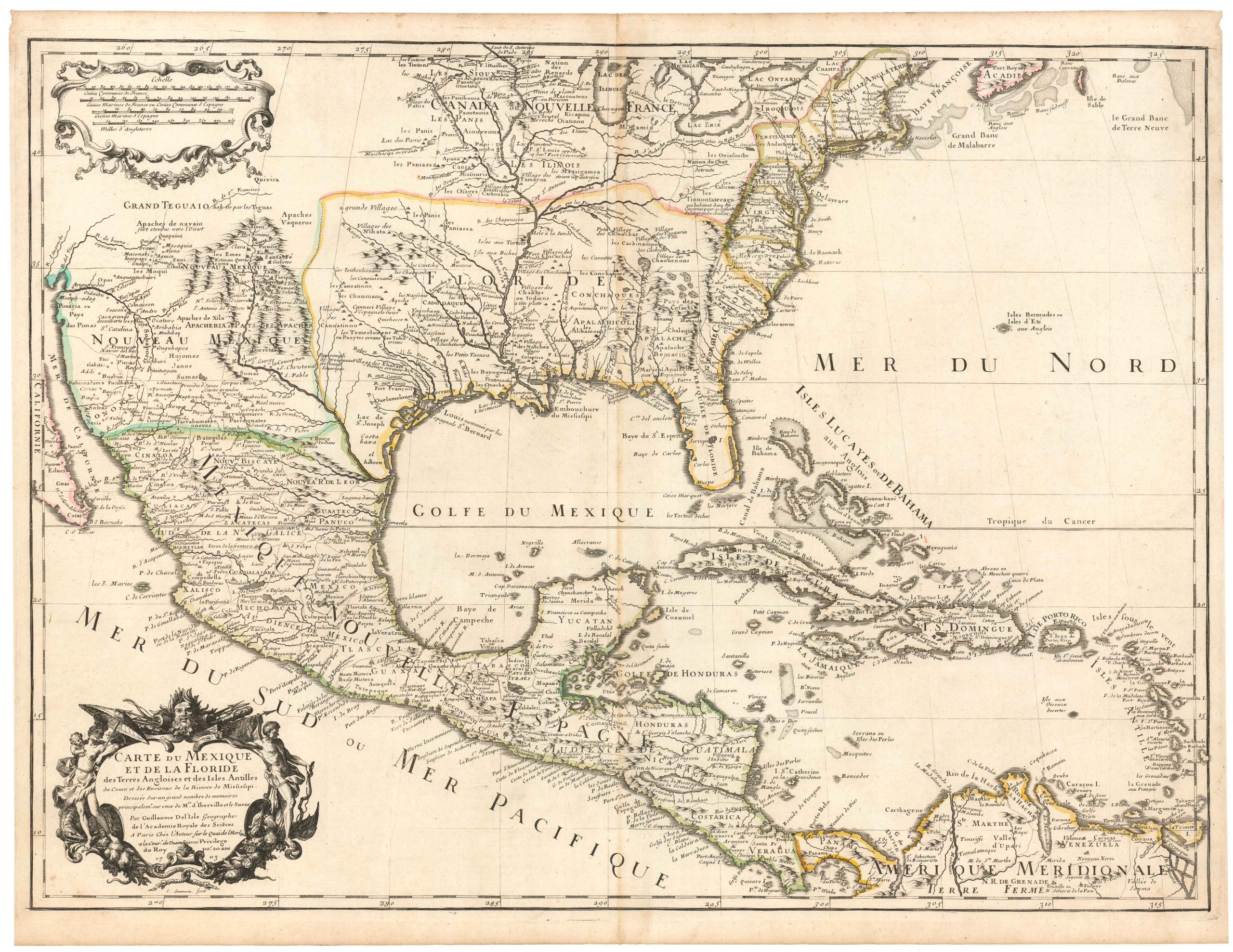Hand water colored 1952 urban plan of Phoenix, Arizona.
Phoenix Street Map.
Out of stock
Description
This is an attractive, hand-colored street map of Phoenix from the early 1950s. At this time, Phoenix was on the cusp of significant transformation. The city’s core was prominently developed, but many of the expansive suburbs and outer neighborhoods familiar today were either in their infancy or yet to emerge. Major roads crisscross the city with Central Avenue standing out as a primary thoroughfare, but the extensive freeway system that defines modern Phoenix is notably absent.
Rail lines, indicative of the era’s reliance on rail transport, are evident, along with iconic landmarks in Downtown Phoenix like the historic Orpheum Theatre, the Fox Theater, and the Maricopa County Courthouse. Sky Harbor Airport is present, although smaller compared to its contemporary scale.
The most prominent natural feature on the map is the Salt River, although by the 1950s it was significantly reduced due to damming and diversions. There is a significant canal system that harkens back to the Hohokam civilization and represented the settlers’ expansion. A hallmark of Phoenix during this period was its vast agricultural expanse, with citrus orchards, cotton fields, and other crops dotting the landscape in regions that are now urbanized.
The map’s verso provides two inset maps: a more detailed downtown, and one of Sunnyslope and environs. Photographic vignettes promote tourism to Phoenix, with the city’s historical landmarks and cultural attractions, including a rodeo scene.
Cartographer(s):
In 1856, William H. Rand opened a printing shop in Chicago and two years later hired a newly arrived Irish immigrant, Andrew McNally, to work in his shop. In 1868, the two men, along with Rand’s nephew George Amos Poole, established Rand McNally & Co. and bought the Tribune’s printing business. The company initially focused on printing tickets and timetables for Chicago’s booming railroad industry, and the following year supplemented that business by publishing complete railroad guides.
The first Rand McNally map, created using a new cost-saving wax engraving method, appeared in the December 1872 edition of its Railroad Guide. Rand McNally became an incorporated business in 1873; with Rand as its president, McNally as vice president, and George Poole as treasurer.
Rand McNally published its first road map, the New Automobile Road Map of New York City & Vicinity, in 1904.
Condition Description
Excellent. Hand-colored.
References
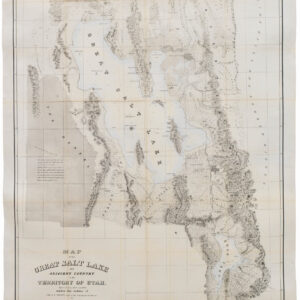
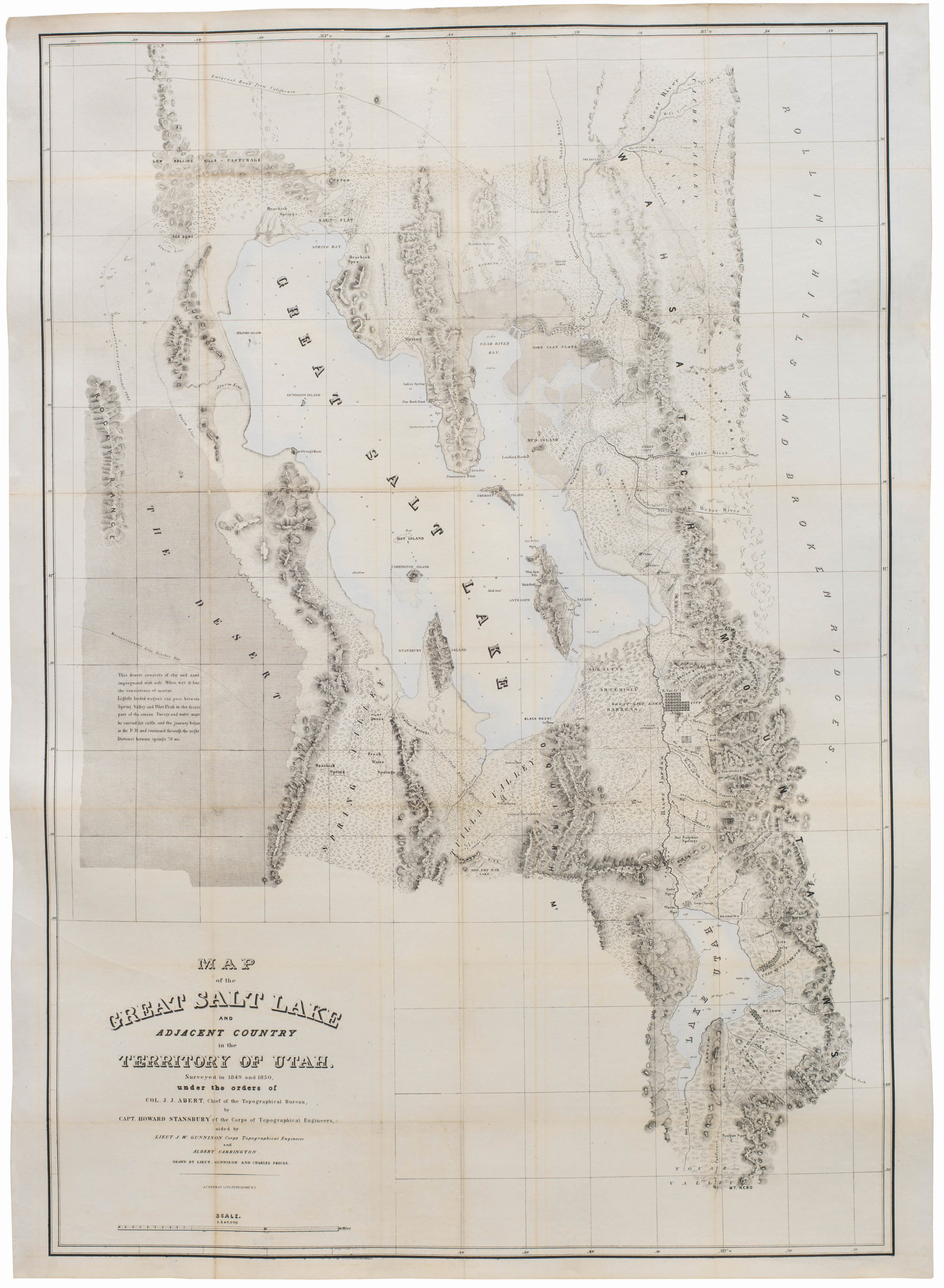
![[Morenci, Arizona Photograph Album]](https://neatlinemaps.com/wp-content/uploads/2024/05/NL-01915_thumbnail-300x300.jpg)

